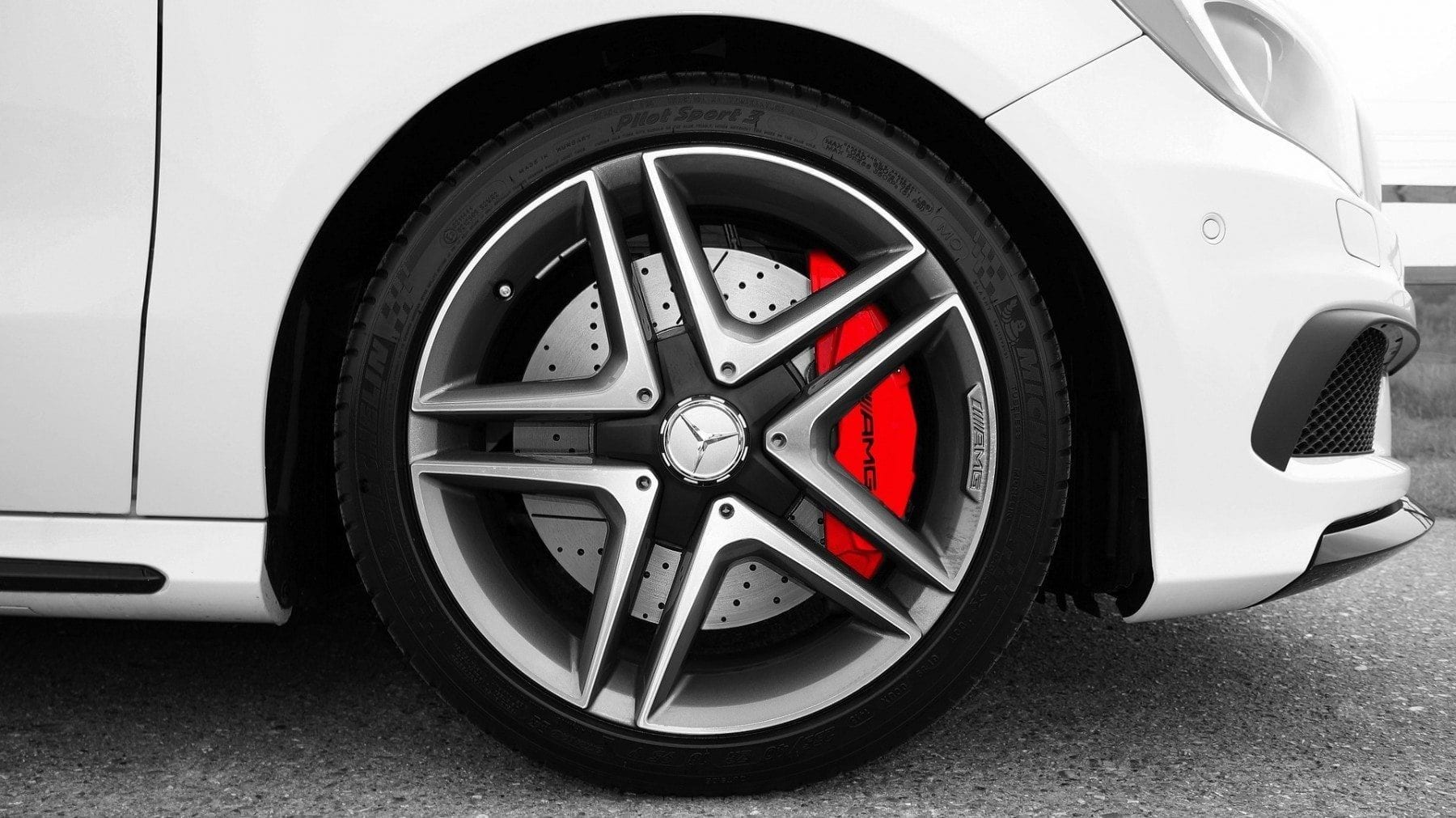We all hope that we will never have to deal with a mechanical malfunction while behind the wheel of a vehicle, but every driver should know what to do during an emergency such as when the brakes fail. While these situations might be rare, taking a little extra time to learn how to properly control a vehicle with no brakes will help you avoid a catastrophic accident.
Do Not Panic When the Brakes Fail
The situation might seem frightening at first, but you must stay focused, alert, and calm. Panicking will only increase your risk of making a mistake that could result in serious injuries. You can begin by simply taking your foot off the gas and glancing in all directions for nearby cars or pedestrians. If you have cruise control on, then you should calmly switch it off before doing anything else.
Check for Brake Pedal Blockage
In some situations, drivers are not able to press the brake because there is an object under the pedal. When brake pads or brake lines are damaged, the brake pedal generally feels soft or mushy. A stiff brake pedal is not typically the result of a mechanical problem. You should try to feel for any obstructions under the brake with your feet instead of taking your eyes off the road to look down. At no point should you lean down or look down to see if there is an object under the pedal.
Downshift Into Lower Gears
Downshifting can be done with automatic transmissions as well as manual transmissions. For an automatic vehicle, a driver should start by slowly shifting into the third or second gear. Once your vehicle has begun to lose momentum, you can then move to the first gear. By doing this, your engine’s transmission will actually become a brake. The exact same process can be done with manuals by slowly lowering gears until the vehicle comes to a stop. When doing this, you should remember that putting the vehicle in the lowest gear right away could compromise your control so make sure to downshift in stages.
Pump the Brakes

Many modern vehicles have anti-lock brakes that essentially “pump” the brake lines automatically. For those who have a vehicle without anti-lock brakes, gently pumping the brakes could build up enough pressure to stop the vehicle. Three or four pumps should create enough pressure in the line for the brakes to begin working. If the vehicle does not slow down after three or four pumps, then you should move on to using the parking brake.
Use the Parking Brake
The parking brake is designed to keep a vehicle from rolling down a hill after it is parked, but it can also be used when your brakes fail. Applying the parking brake must be done slowly and methodically as well. Those who pull on the handle as hard as they can, risk losing control of the vehicle. Parking brakes are typically nothing more than a second brake pad that applies pressure to one or more wheels. They can usually stop a vehicle if the brakes fail, although bear in mind that it will take longer than usual to come to a stop because they only stop the rear wheels.
Work Your Way Out of Traffic
Now that the vehicle has begun to slow down, you must try to work your way out of traffic. The best way to do this is to turn on your emergency lights to show the other drivers that you do not have complete control over your vehicle. When you are making your way toward an exit or off of the road, you should use your lights and horns to alert the other drivers. If the situation calls for it, then you might need to use guardrails, grass, or soft sand to slow down your vehicle with friction.
Pull Over to a Safe Spot
The vehicle should not be turned off until you are at a complete stop. Attempting to turn off your vehicle before you are at a stop could affect the power steering and make it difficult to turn. Drivers should avoid parking their vehicles around corners or blind spots if possible. Even if the brakes begin working again, you must not attempt to drive your vehicle. The entire brake system must be thoroughly inspected by a professional mechanic before getting back on the road.
The single best way to avoid a dangerous situation where your brakes fail is to have your car inspected and serviced as often as possible. As a general rule, drivers should have their brake pads inspected every time they change their oil. Depending on how often you drive, this maintenance might be necessary every 3,000 miles. Drivers should also be wary of any warning signs that their brakes might be damaged or worn. This includes a “soft” brake pedal, squealing sounds, and shuddering when the brakes are applied.
Author: David Moss is an automotive writer from Detroit

